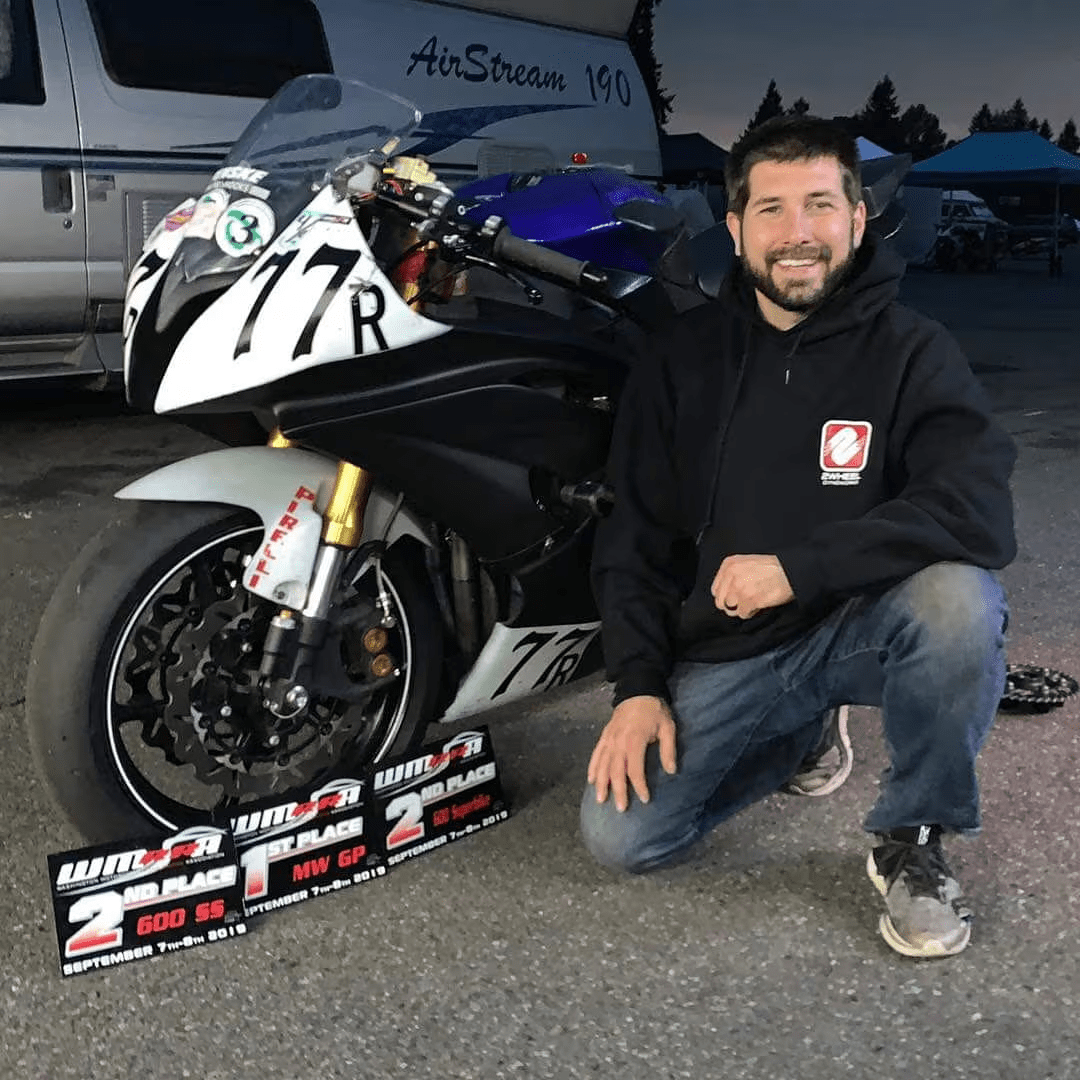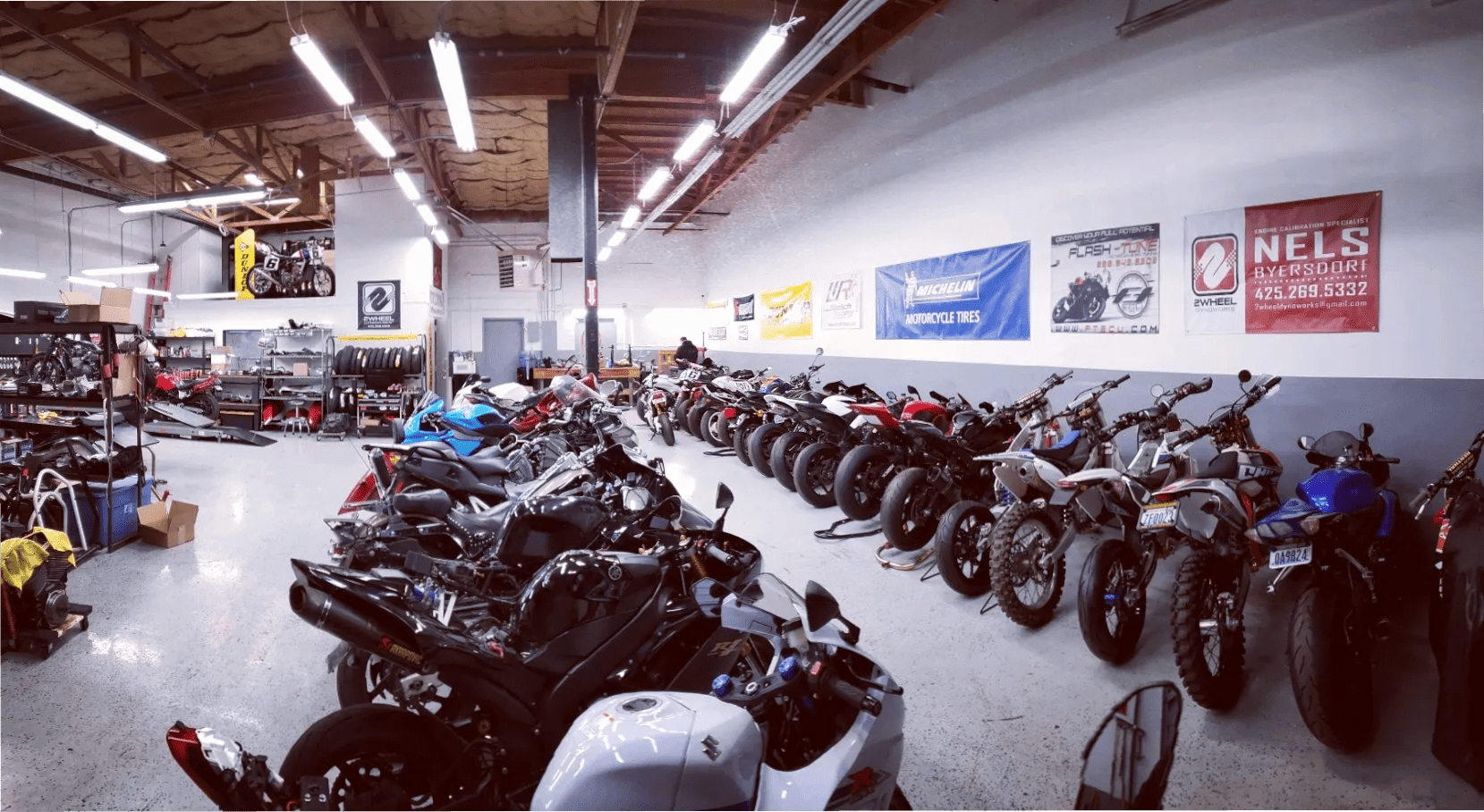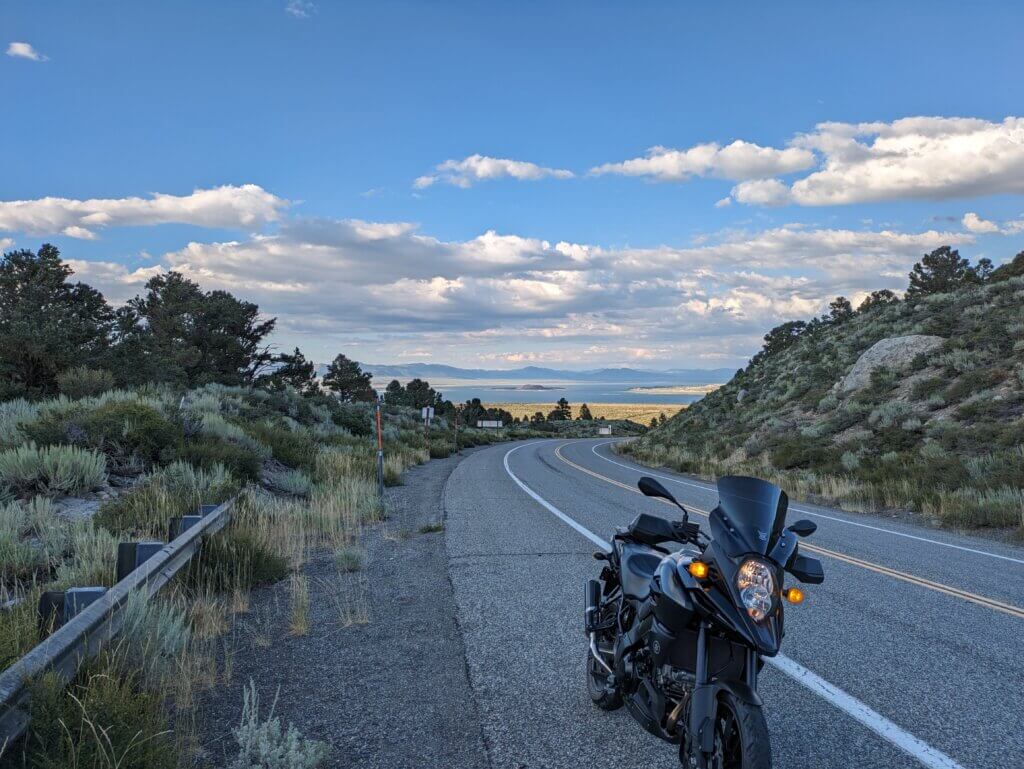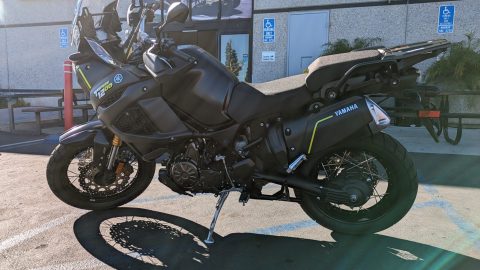I’ve had two motorcycle ECUs flashed with great results. I recently installed the second one in my ’22 Yamaha Super Tenere. I sent it to 2 Wheel Dyno Works (2WDW) in Kirkland, Washington, and it turned out so well I had to learn more about Nate and Nels.
In the following interview, we discuss why you would choose an ECU flash, 2WDW’s origin story and history, and the approach to their craft…and it really is a craft.

What are your backgrounds, and what got you started in the speed business?
Nels, who founded 2 Wheel DynoWorks, and I both came from the automotive world. He ran the dyno at a local automotive tuning shop for almost a decade before starting 2WDW, and I managed automotive repair/service facilities for Bridgestone for half a dozen years before joining him. We both simply found more enjoyment in riding than driving, and we both got hooked on how much more fun (and speed) we could have for much less expense than was necessary in the automotive world. For me personally, when I realized that my $15K ZX14R with a full exhaust and an ECU flash blew the doors off my $80K Hellcat…my attention shifted entirely to bikes.
That’ll do it! What is your approach to mods, including flashes?
Finding the biggest “bang for your buck” has always been our personal goal when it comes to recommending any motorcycle modifications. In almost all cases on modern motorcycles, flashing the ECU is by far the easiest way to significantly improve engine performance and longevity. I cover our ECU mapping R&D process, and what sets our process apart from the competition, in a lengthy video here.
First, for the uninitiated or curious, what is an ECU flash?
All modern motorcycles come with some form of restriction(s) built into the stock ECU mapping in one form or another for emissions compliance. Whether those restrictions come in the form of electronic throttle restrictions, ignition timing restrictions, and/or lean fuel mapping for emissions compliance is specific to each motorcycle’s year and model. In most cases, all of those restrictions are present to varying degrees in Euro 4 and Euro 5 emissions-compliant motorcycles (especially for US production models). With our ECU flash, all of those restrictions are removed.
Furthermore, installing aftermarket intake and/or exhaust components to improve airflow through the engine are incredibly popular modifications that many owners choose to make to their motorcycles, but without appropriate custom ECU mapping to match the improved airflow provided by those parts, the bike simply won’t ever run as well as it should. With our custom ECU mapping, built specifically on our dyno for your motorcycle’s exact aftermarket intake/exhaust combination, your engine’s peak performance, throttle response (and on/off throttle transition smoothness), and longevity will be improved. In other words, this means that your bike will simply run smoother, stronger and cooler than it ever has before!
What was your first flash?
Modern ECU flashing software for stock motorcycle ECUs didn’t really exist until the late 2000s and early 2010s, so the first bike I owned that we flashed and tuned entirely through the stock ECU (without any piggyback fuel controller) was my 2009 ZX14. For Nels, I think it was his 07 R1 just a couple of years earlier.

What was popular during the first years?
Piggyback fuel controllers (such as Power Commanders) were the only option for a long time. Thankfully, those days are almost entirely behind us! I cover the shortcomings of these systems in a lengthy article, here.
What has changed and where is it going?
Modern motorcycle ECUs seem to be perpetually a decade behind the automotive market. For example, modern wideband AFR sensors have been used in everyday passenger cars for well over a decade, and the very first motorcycle to be released with this style of closed loop sensor was the 2020 BMW S1000RR. Throttle-by-wire controlled engines, for example, were introduced all the way back in the late 80s in the automotive market, and it didn’t really catch on until the mid 2000s in the motorcycle market. Even a 2024 ZX6R still uses a form of cable-throttle control (called an STP system)! I actually cover the differences in the two types of ETV systems currently in use in the motorcycle industry in this article, here.
Knowing this, we always keep our fingers on the pulse of modern automotive engine management technology, as we know that we’ll see it “soon” in motorcycles.

What is your process for choosing new mods/flashes?
From an ECU mapping R&D standpoint, we always take a look at coming models and do our best to judge their likely popularity and just how restricted they’re going to be from a tuning standpoint. For example, when the ZX4RR was released last year, we knew it would be a huge seller, and once we realized that the throttle-by-wire system left a 30HP-plus hole in the power curve at the top end, we knew we had to have one to develop ECU mapping for as the demand for proper tuning would be equally huge!
We used to rely on customers to bring us new bikes for ECU mapping development with whatever exhaust/intake they had decided to purchase for themselves. We’ve now grown far past that, and we purchase our own new bikes (often the first ones to arrive in the PNW) for R&D. Just last year, we purchased a 2023 ZX10R, 2024 ZX4RR, and a 2024 ZX6R just for ECU mapping R&D. This year, we’ve already purchased a 2024 GSX8, and we plan on picking up another couple of new models as the season starts! We’re also incredibly fortunate to have partnerships with several exhaust system manufacturers, so many popular systems are now simply sent to us for each bike for testing and tuning, often before they’re publicly released.
This process of getting the latest models ourselves, the popular intake/exhaust systems to go along with them, and building custom ECU mapping for each specific combination of intake and exhaust components is a big part of what has set us apart from other tuners in the motorcycle industry.
That’s quite a bit of effort, but it makes sense. And, the GSX8 results will be very interesting given how it’s mapped from the factory! What plans do you have for the future?
We plan on continuing with the process I just outlined, and expanding it as much as possible in the future! We’re also involved quite heavily in racing (and providing tuning and electronic support for racers) at several levels, and we look forward to expanding our support for the sport in several ways as we continue to grow. We actually have some big plans for this at the MotoAmerica level for this season, but I can’t say much more than that quite yet!
We’ll be checking in on you! To learn a bit more, readers should hit-up your informative FAQ page, here. So, how can people find you?

We can be found on Facebook, here.
We can be found on Instagram, here.
Our website is 2wheeldynoworks.com and 2WDW.com.







